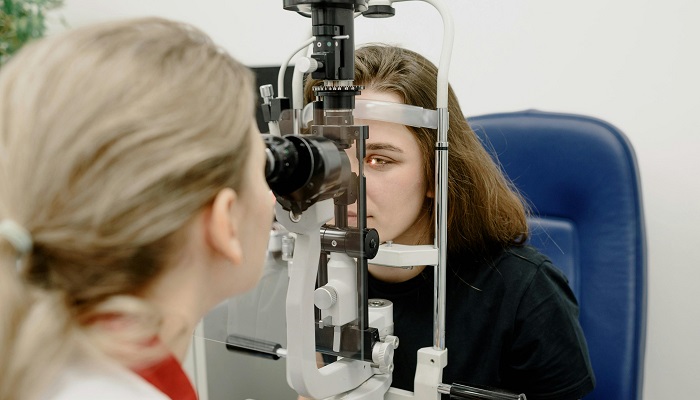In January 2024, DigitalOptometrics made a significant breakthrough in the field of eye care with the launch of DigitalOptometrics Translate (DOT). The system introduces a remarkable voice translation capability in real-time, thus empowering eye care professionals, including technicians, refractionists, and doctors, to engage with patients in their preferred language. This holds significant promise for the approximately 68 million Americans with English as a second language or those with limited English language proficiency and ensures patients receive proper care without communication barriers hindering the process.
As the industry continues to embrace such innovations, the potential for transformative shifts in patient care is becoming increasingly evident. Below, we take a closer look at how recent developments are shaping the future of eye care.
Eye exams and technological integration
A cornerstone of vision care, eye exams are a multifaceted examination of ocular health and overall well-being. With the right tools, a proper eye test can evaluate visual acuity, ascertain changes in eyesight, and identify potential eye health conditions — which is why experts recommend that adults check their eyes every two years. Vision Express uses the Optical Coherence Tomography (OCT) 3D eye scan, an advanced imaging technology that provides a detailed cross-sectional view of the retinas. This helps the optical chain detect signs of underlying health problems, like diabetes or some brain tumors, and tailor solutions to individual needs.
Healthcare providers play a pivotal role in shaping the future of eye health by selecting technologies that align with their practice’s objectives and contribute to the overall advancement of the field. Other companies may opt to use alternative technologies such as the RightEye Sensorimotor, which focuses on evaluating eye movement behaviors. This friendly, all-in-one examination system by RightEye stands as an insurance-reimbursable solution and thus may be enticing for practices looking to add substantial incremental revenue.
The future of eye exams
Looking ahead, the future of eye exams is shaped by dynamic trends that highlight the industry’s commitment to innovation. One such trend revolves around the integration of artificial intelligence. Evolution Optiks Limited, with its Optokare product line, stands at the forefront of this movement. Combining light field technology, state-of-the-art optics, and eye tracking, Optokare creates a comprehensive approach to eye exams. With the potential to detect a broad spectrum of health patterns and conditions, from minor issues like poor focus to serious diseases such as glaucoma and Alzheimer’s, this pioneering initiative represents a significant leap forward in predictive health through eye examinations.
Another facet of the evolving landscape is the digitization of eye exams. In 2022, Visibly made history by securing FDA approval for the first online visual acuity test, catering to the need for accessible eye assessments. This takes approximately six minutes to complete, and 90% of prescriptions are reportedly issued within 24 hours. However, it is crucial to note that this online test cannot fully replace the comprehensive insights gained from an in-person eye exam. That’s because it may lack the ability to assess eye health comprehensively, detect diseases like glaucoma, or evaluate conditions such as astigmatism accurately.
Nevertheless, new shifts in tech are proof of a positive outlook on the future of eye exams. The integration of AI, online testing, and sophisticated diagnostic tools demonstrates the industry’s commitment to evolving and providing more accessible and personalized eye care solutions. As we navigate this transformative journey, the focus remains on enhancing patient care, promoting accessibility, and embracing the positive impact that technological advancements can bring to the world of eye health.


















